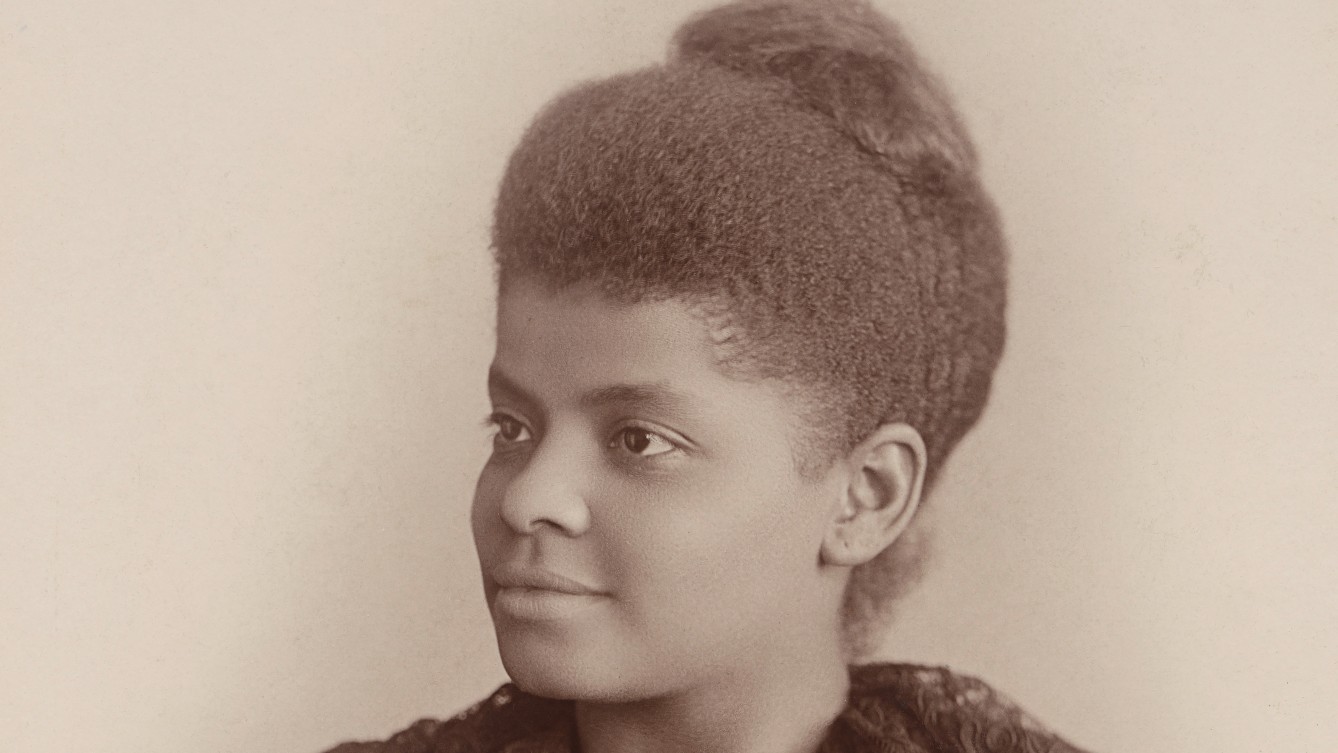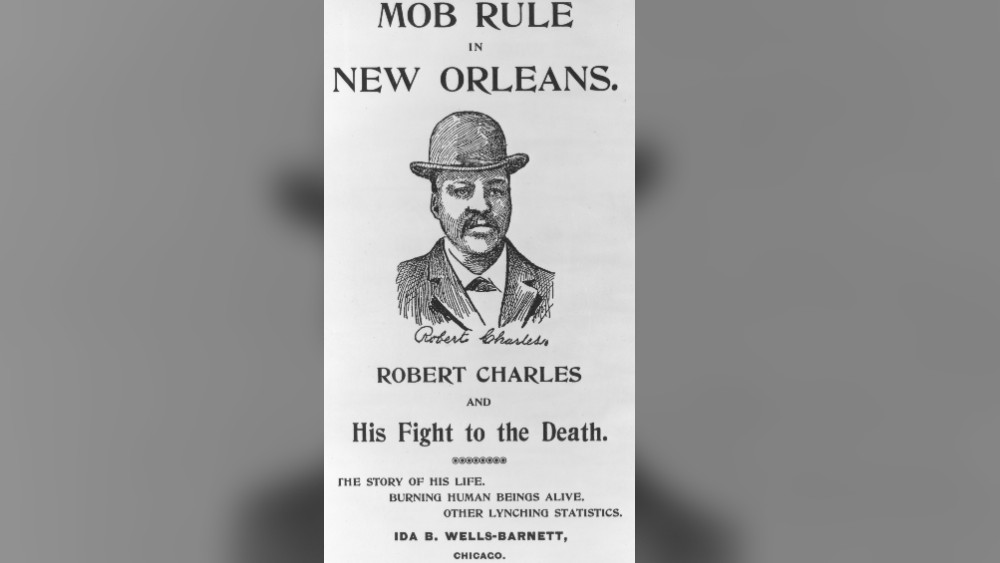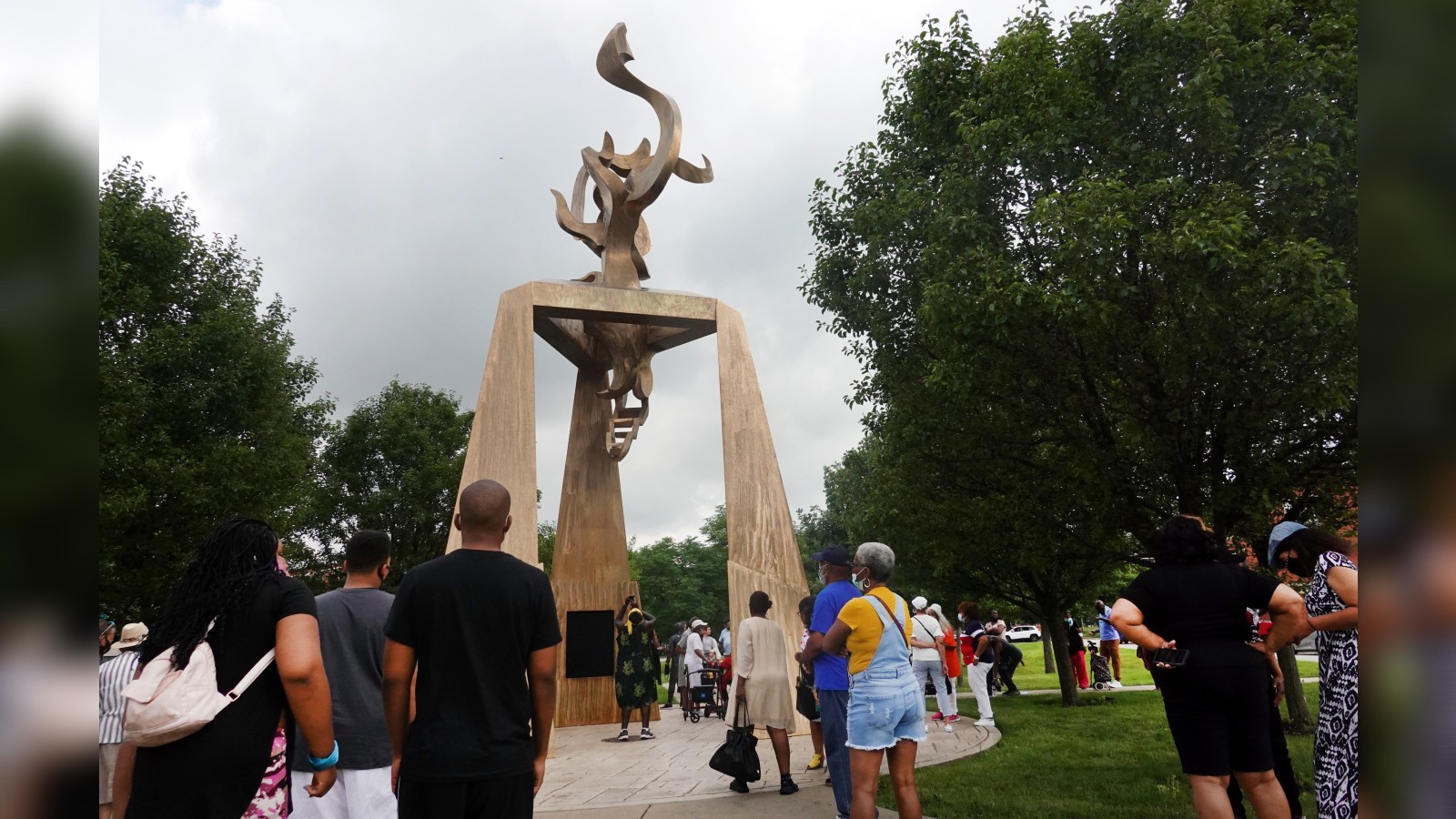Ida B. Wells: Civil rights campaigner for racial equality
Ida B. Wells wrote about racism and lynching in America to try to bring about change.

Ida B. Wells was a journalist and activist who used her writing to highlight the sociology of racial injustice in the United States during the time of segregation. She used her work to educate Americans and the world about violence against Black men and women, especially lynching, which had personally impacted Wells’ early life in the southern states.
Though not as well-known as other civil rights campaigners, Ida B. Wells is increasingly recognized as a key figure in the movement for racial equality in the U.S. Her ground-breaking work remains some of the most comprehensive recording of racially motivated violence against African Americans to have been created.
Where was Ida B. Wells born?
Ida Belle Wells was born in 1862 in Holly Springs, Mississippi. She was the oldest of six children born to Jim and Lizzie Wells. An intelligent child, Wells would read newspapers to her father and his friends at the family home, according to Patricia A. Schechter, author of "Ida B. Wells-Barnett & American Reform, 1880-1930" (University of North Carolina Press, 2001), writing for All About History magazine. She was brought up to value her education, her family and her Christian faith. In 1878, both of Wells’ parents died in a yellow fever epidemic.
Wells decided to get a job so that she could keep her remaining family members together. However, at only 16 years old, Wells could not be responsible for all of her younger siblings. One of her sisters, who was disabled, was sent to live with a relative. Wells decided to get a teaching job to support her family, and, in 1880, moved to Memphis, Tennessee to find employment.
Civil Rights and reporting on lynching
Ida B. Wells became a teacher in Memphis, which had a large African-American population, and spent her time joining clubs and societies and involving herself in the church community. She started to voice her opinions on racism in America and wrote for the "Free Speech and Headlight" newspaper, in which she outlined the plan for the Black community boycotting Memphis' racially segregated street cars.
Wells herself had been removed from a "Ladies" car by a white train conductor, despite having purchased a ticket, under local Jim Crow laws. She brought a personal lawsuit against the railroad company, won and wrote about the case. However, the decision was overturned in 1887 by the state supreme court at a time when there were growing retaliations to Black equality.
Related: 10 influential women in history
Wells’ experiences motivated her to speak out about racial injustice and violence. Shechter wrote that the mob lynching of three African American shopkeepers in Memphis in 1892 motivated her. The victims were killed because they had been seen as competitors of a local white shopkeeper. Wells was the godmother of one of the victims’ daughters. In response to this event, and the many others like it in the southern states, Wells wrote an exposé article for the "Free Speech."

She investigated reports made by the "white" press about instances of racial violence, particularly focussing on lynching. Wells wrote that she believed sexual politics upheld racism, after finding that Black men were frequently charged with rape for being in a relationship with a white woman, while white men who assaulted Black women went unpunished.
"From the inception of her crusade, Wells claimed that white hysteria about the rape of white women by black men effectively masked violence against women, black and white," wrote Crystal N. Feimster in "Southern Horrors Women and the Politics of Rape and Lynching" (Harvard University Press, 2009). However, Wells also identified that rape was often used as an excuse for lynchings.
"Only about 30% of reported lynchings involved even the charge of rape. Overwhelmingly, African American men were put to death for disturbing the color line," wrote Shechter. "Anything from jostling a white person on the sidewalk to changing jobs without their white employer’s consent was an excuse to punish or even kill a black person. The rape charge in the newspapers was a ploy used to whip up the mob and justify beatings and murder."
Wells also wrote that rape charges were being used to stop consensual relationships between white women and Black men. It was illegal in the south to enter into an interrracial marriage, meaning sexual relationships that crossed the color line were also deemed unacceptable.
Ida B. Wells and A Red Record
Ida B. Wells was forced to flee Memphis after the publication of her article in the "Free Speech." She was threatened when a local white mob attacked the press office of the newspaper (of which she was an editor). Wells published her findings in 1892 in a pamphlet called "Southern Horrors: Lynch Law in All Its Phases."
After the publication of the pamphlet, Wells wrote more extensively about lynchings in her book "A Red Record: Tabulated Statistics and the Alleged Causes of Lynchings in the United States" (available online via Project Gutenberg)
"As debate over tactics to combat lynching unfolded, Wells’s insights and facts were appropriated and circulated by others, while she was left behind. However, for a few years, 1892-1895, Ida B. Wells was the most famous black woman in the English-speaking world," wrote Shechter. "To this day no scholar, journalist, or activist has improved upon her data or her analysis of white supremacy as it functioned in her lifetime."
Ida B. Wells on the international stage
Ida B. Wells spent some time in New York after leaving Memphis. She was welcomed by the Black communities of the state and supported when she established an educational campaign through the media. Wells, working alongside Frederick Douglass, the U.S. minister to Haiti, published a pamphlet that protested the ban on African Americans attending the World’s Columbian Exposition in Chicago in 1893. This introduction of the pamphlet was translated into German and French.
Shechter wrote that Wells also rose to prominence internationally during the 1890s due to the criticisms that began to emerge about the imperialism of America and Britain. Not only did indigenous people try to withstand colonial domination, some white people began to question the racism of colonialism.
Some of these critics were engaged in international anti-slavery movements and also aligned themselves with Protestant organizations which had played a part in colonial ventures across the world.

Anti-slavery sentiments were prolific in English churches, with these places inviting lecturers like William Lloyd Garrison and Frederick Douglass to speak in the 1840s and 1850s. It was anti-slavery campaigners from these groups that put Wells in touch with British women who wanted to learn about lynching as a way of educating about racial inequality.
Wells, with the endorsement of Douglass and William Still (another anti-slavery campaigner), completed two tours of England in 1892 and 1894, speaking out about lynching and racism. She wrote more pamphlets, including one entitled "United States Atrocities: Lynch Law," which was published in London.
"Almost half of her autobiography is devoted to documenting her remarkable speaking tours," wrote Schechter "Traveling by boat and by train, Wells spoke in London, Birmingham, Manchester, Bristol, Newcastle, and Liverpool in England as well as in Edinburgh and Aberdeen in Scotland. International press coverage of her speeches and activities abroad made Ida B. Wells one of the best known and most controversial figures of her day."
Ida B. Wells and controversy
Ida B. Wells encountered lots of resistance while speaking out about racism in the U.S. The sexual and political elements of her message were considered unsuitable for a woman to voice publicly. She faced backlash for sentiments that stated that black people were the victims of abuse and that white supremacy was a threat to Christian civilization.
The public reaction to Wells resulted in the the anti-lynching campaign losing momentum. "When New Yorkers mobilized to establish the National Association for the Advancement of Colored People in 1909, the now Mrs. Ida B. Wells-Barnett was present but not welcomed,"Schechter wrote. "Leadership fell to W.E.B. DuBois and Mary Church Terrell, daughter of Robert Church of Memphis. Both of these figures held prestigious graduate degrees and had access to elite social circles and philanthropic pockets that Wells-Barnett could not match."
Some members of the Black community wanted Wells to scale back her accusations in fear of violent reprisals against black people, while others supported her. She also faced opposition from white women of power such as Frances Willard and Susan B Anthony.
Willard, the leader of the World Woman’s Christian Temperance Union would not condemn lynching for fear of losing the support of white women in the south. Anthony, a famous suffragist, believed that Wells, who had married in 1895, could not be a leader with the responsibilities of being a wife and a mother.
Later years and legacy
Ida B. Wells spent the rest of her life based in Chicago which was the hometown of her husband Ferdinand L Barnett, the lawyer she married in 1895. She changed her name to Ida B. Wells-Barnett and continued to be politically active, particularly after the legalization of voting for women after 1920. She had four children with Barnett, and published the Chicago Conservator with him for a few years.
Wells kept pushing for anti-lynching reform, with legislation passing in Illinois in 1905. She also campaigned for school and prison reform and continued to write about race and racism in America, publishing pamphlets about race riots in Illinois and Arkansas.

"In Chicago, Wells-Barnett established a social service bureau called the Negro Fellowship League, organized the Alpha Suffrage Club for Black women voters, and ran for elective office herself in 1930. Though unsuccessful in that campaign, Ida B. Wells-Barnett was a catalyst for racial justice and a pillar of her family and community until her death the next year, at age 68," wrote Shechter.
Ida B. Wells was a famous figure during her life but is only now becoming known in the U.S. Her great-grandaughter, Michelle Duster, has worked to keep the memory of her relative alive. Wells is now the subject of many academic works and "The Light of Truth Monument," a public piece of art, was installed in her honor.
In Chicago, her name was given to a major street and her home is a historic landmark. In 2020, Ida B. Wells was posthumously awarded the Pulitzer Prize for journalism.
Additional resources
To read more about the civil rights movement in the United States, you should read about the similarities between Martin Luther King and Malcolm X in their fight for equality.
For more information about emancipation in America, you can learn about Juneteenth, the holiday that commemorates the Emancipation Proclamation.
Bibliography
- "To Tell the Truth Freely : The Life of Ida B. Wells" by Mia Bay (Hill and Wang, 2010)
- "The Memphis Diary of Ida B. Wells" by Miriam DeCosta-Willis (Beacon Press, 1995)
- "Crusade for Justice: The Autobiography of Ida B. Wells" edited by Alfreda M. Duster (University of Chicago Press, 1970)
- "Southern Horrors: Women and the Politics of Rape and Lynching" by Crystal Nicole Feimster (Harvard University Press, 2009)
- "A Sword among Lions: Ida B. Wells and the Campaign against Lynching" by Paula Giddings (Amistad, 2008)
- "Ida B. Wells-Barnett and American Reform, 1880-1930" by Patricia A. Schechter (University of North Carolina Press, 2001)
- "Ida B. Wells: American Heroine", All About History magazine issue 114
- "A Red Record - Alleged Causes of Lynchings" by Ida B. Wells, Digital History
Sign up for the Live Science daily newsletter now
Get the world’s most fascinating discoveries delivered straight to your inbox.
Emily is the Staff Writer at All About History magazine, writing and researching for the magazine's content. She has a Bachelor of Arts degree in History from the University of York and a Master of Arts degree in Journalism from the University of Sheffield. Her historical interests include Early Modern and Renaissance Europe, and the history of popular culture.










